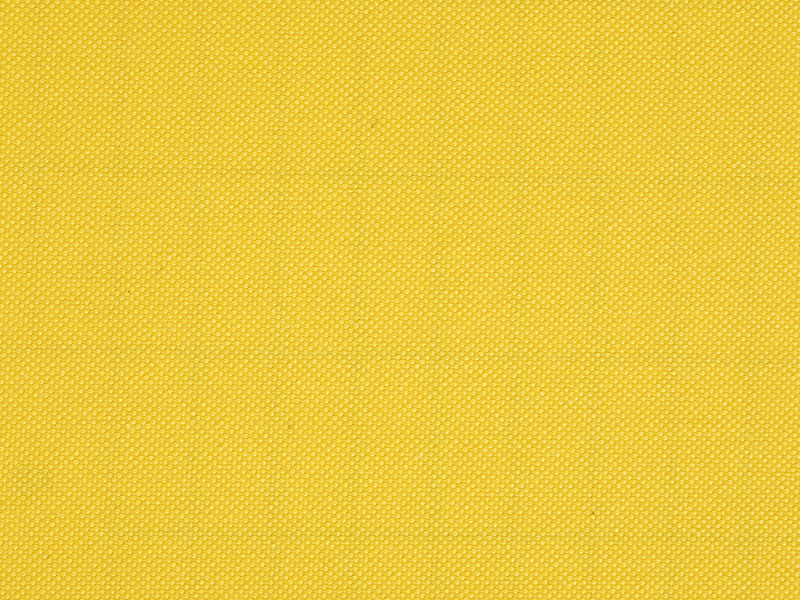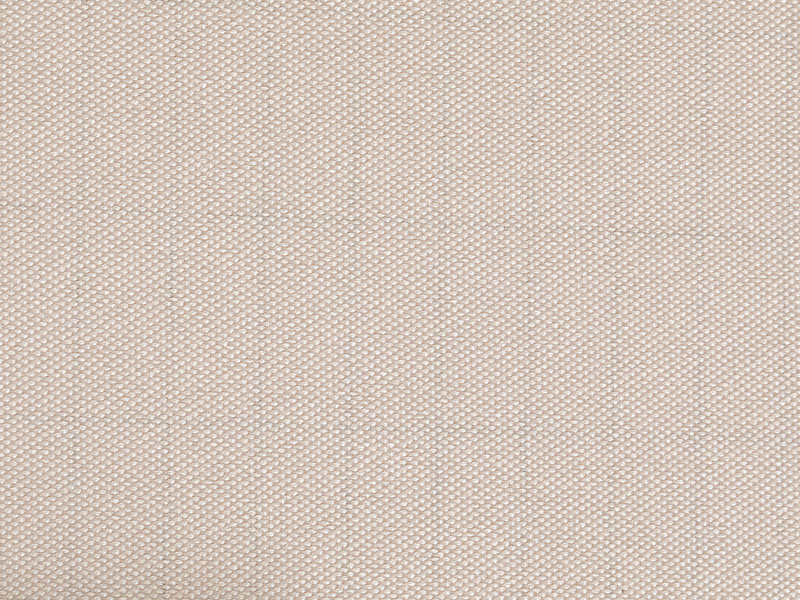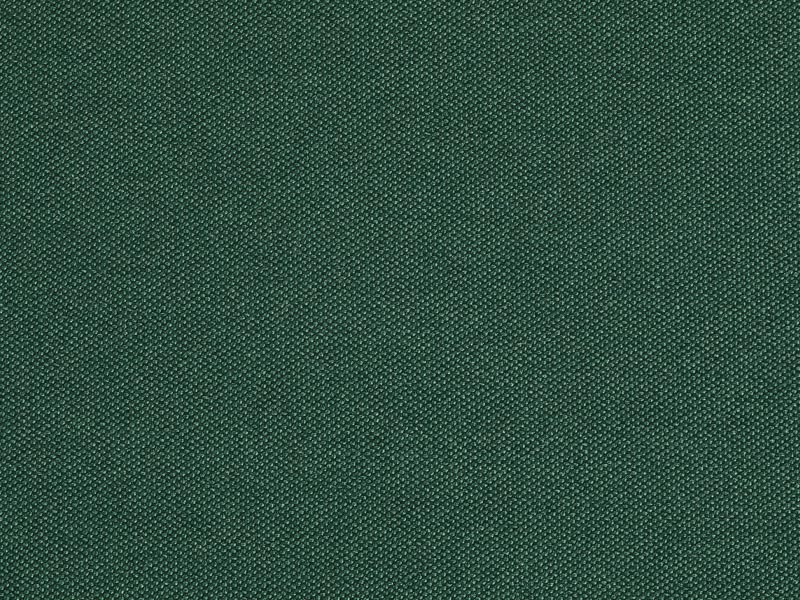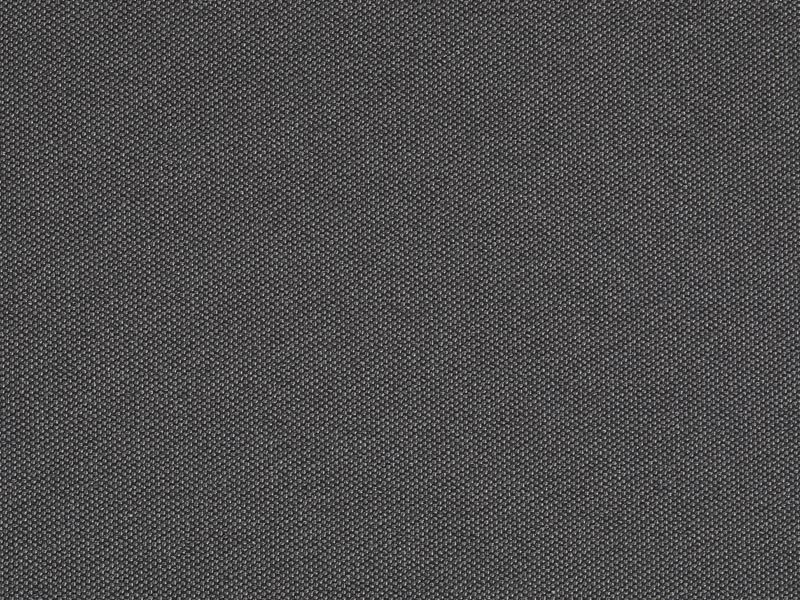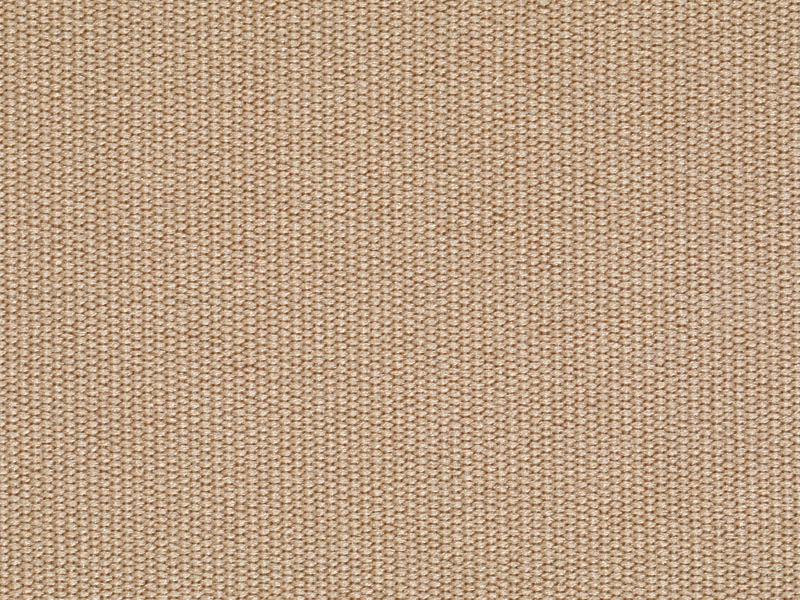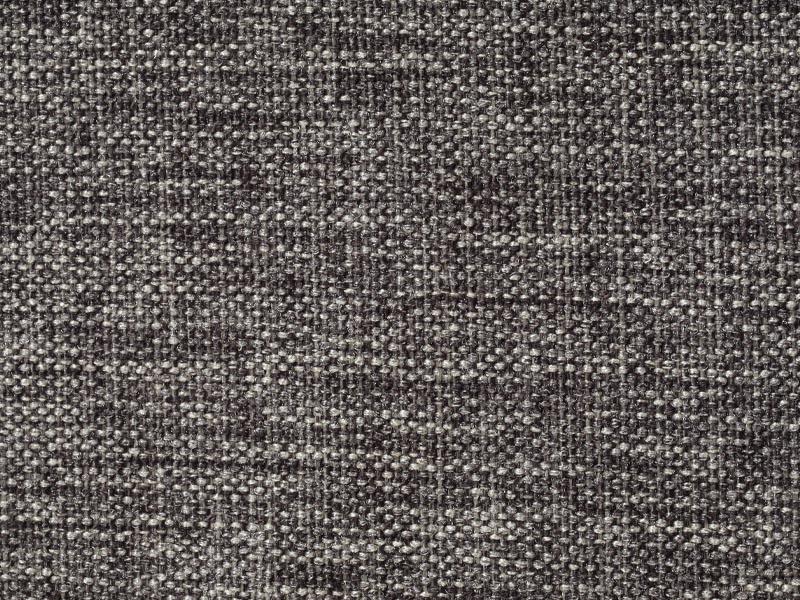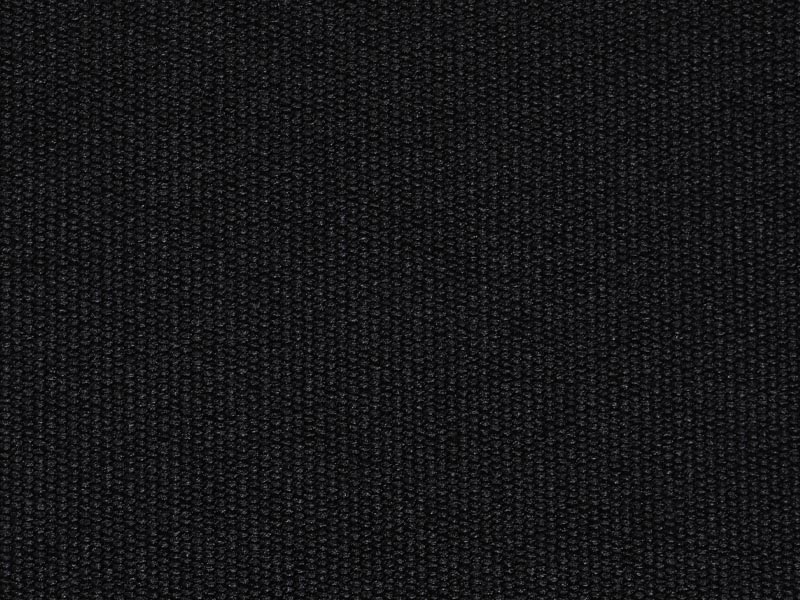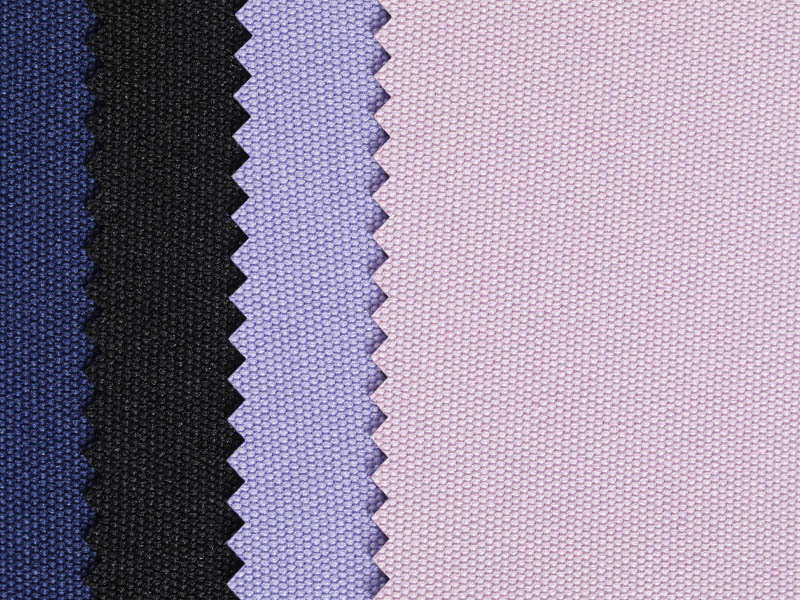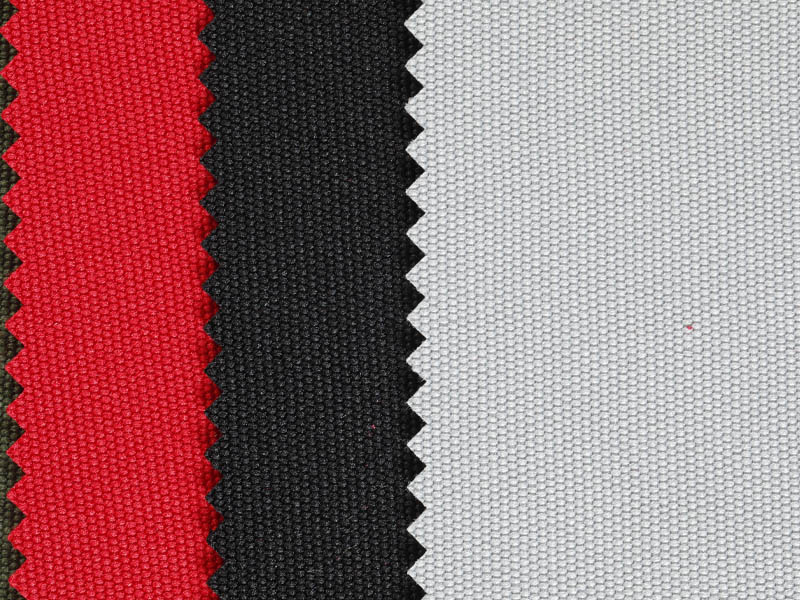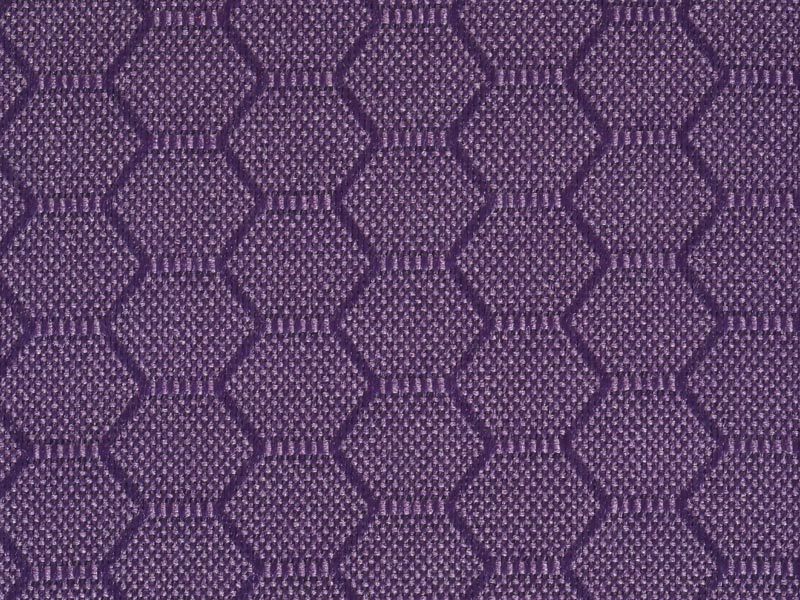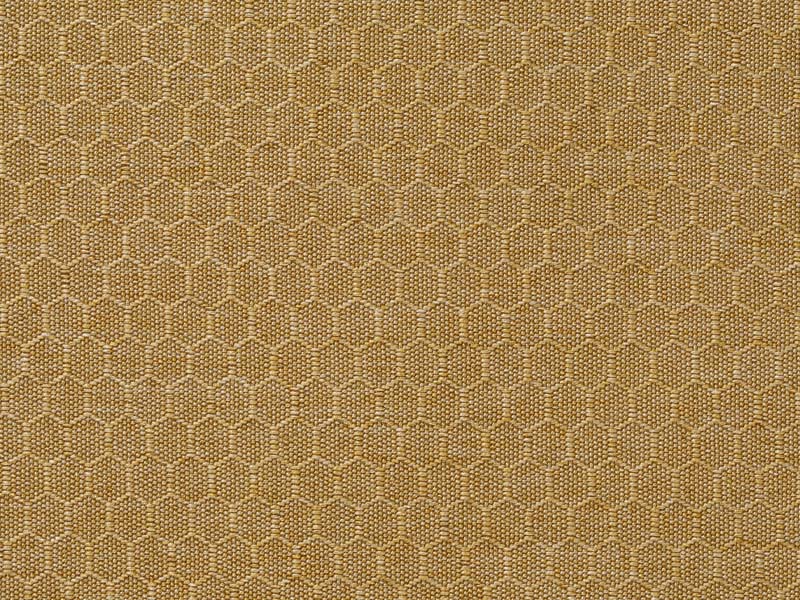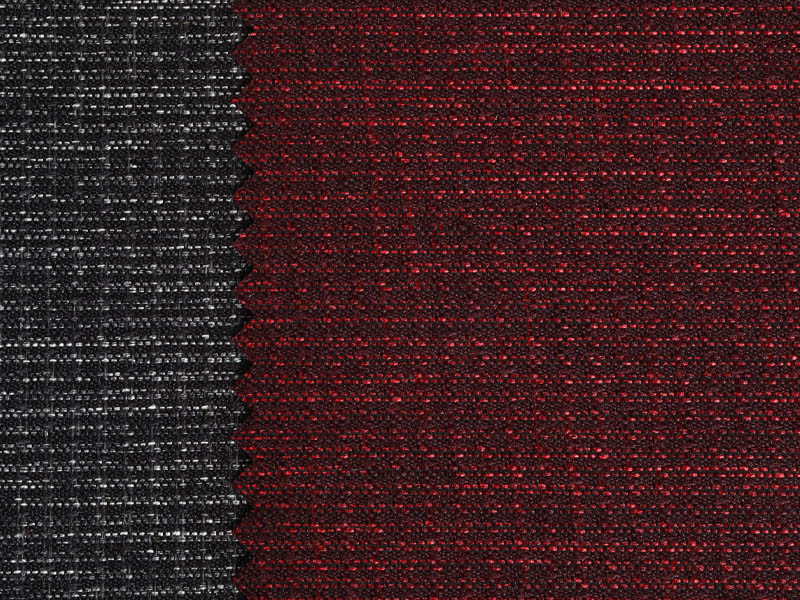The Rise of PU Composite Fabric in Automotive and Interior Design
Posted by Admin
In recent years, PU Composite Fabric has become an increasingly favored material in both the automotive sector and the interior design industry. Known for its versatility, durability, and aesthetic flexibility, PU Composite Fabric is now widely adopted as a practical alternative to traditional materials like genuine leather and vinyl.
At its core, PU Composite Fabric consists of a base textile—often polyester or cotton—coated with a layer of polyurethane (PU). This multi-layered structure results in a fabric that not only mimics the look and feel of natural leather but also offers enhanced resistance to wear, water, and stains. These attributes make PU Composite Fabric particularly attractive for automotive interiors and home furnishings, where materials must meet both functional and design demands.
In the automotive world, PU Composite Fabric is used extensively for seat upholstery, dashboard panels, door trims, and steering wheel covers. One of the main advantages of PU Composite Fabric in this setting is its ability to withstand prolonged exposure to sunlight and temperature fluctuations without cracking or fading. Car manufacturers are drawn to its lightweight composition, which contributes to improved fuel efficiency compared to heavier materials. Additionally, PU Composite Fabric is easier to clean and maintain, making it ideal for vehicles designed for daily use.
The visual appeal of PU Composite Fabric also plays a key role in its popularity. It can be produced in a wide range of colors, textures, and finishes—from smooth matte surfaces to embossed patterns that replicate grain leather. This flexibility allows automotive designers to create interiors that are modern, cohesive, and aligned with current trends, while still remaining cost-effective.
Beyond the automotive field, PU Composite Fabric is making strong inroads in the interior design sector. It is commonly used for sofas, chairs, headboards, wall coverings, and other upholstered elements. Designers appreciate PU Composite Fabric not only for its aesthetic possibilities but also for its practical performance. Unlike some traditional textiles, it resists moisture and is less prone to staining, making it suitable for both residential and commercial spaces.
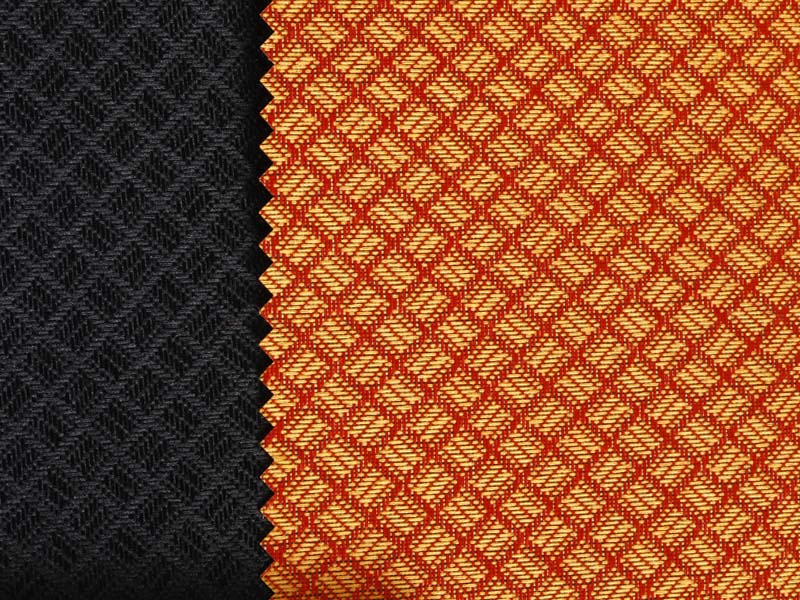
One of the driving factors behind the rise of PU Composite Fabric in interior design is its ability to bridge the gap between luxury and affordability. While it offers a premium appearance, it typically comes at a lower cost than genuine leather or high-end woven fabrics. This has allowed more consumers and designers to access stylish, modern interiors without exceeding budget constraints.
Sustainability has also contributed to the increased use of PU Composite Fabric. Some manufacturers are now offering eco-conscious versions made from recycled base fabrics and solvent-free coatings. Though not biodegradable, PU Composite Fabric has a longer life span than many alternatives, which reduces the frequency of replacement and minimizes overall material waste.
As both industries continue to evolve, the performance expectations for materials like PU Composite Fabric are growing. Recent innovations include enhanced breathability, flame retardancy, and antibacterial properties. These advancements make PU Composite Fabric a forward-looking solution for future automotive models and interior design projects that must meet higher technical standards without compromising on style.
In conclusion, PU Composite Fabric is no longer viewed merely as an alternative—it is becoming a material of choice. With its unique combination of durability, design flexibility, and practicality, it is well-positioned to shape the future of automotive interiors and modern living spaces. As the demand for smart, sustainable, and cost-effective materials grows, the role of PU Composite Fabric is expected to expand even further.

 English
English Français
Français Español
Español عربى
عربى Tiếng Việt
Tiếng Việt